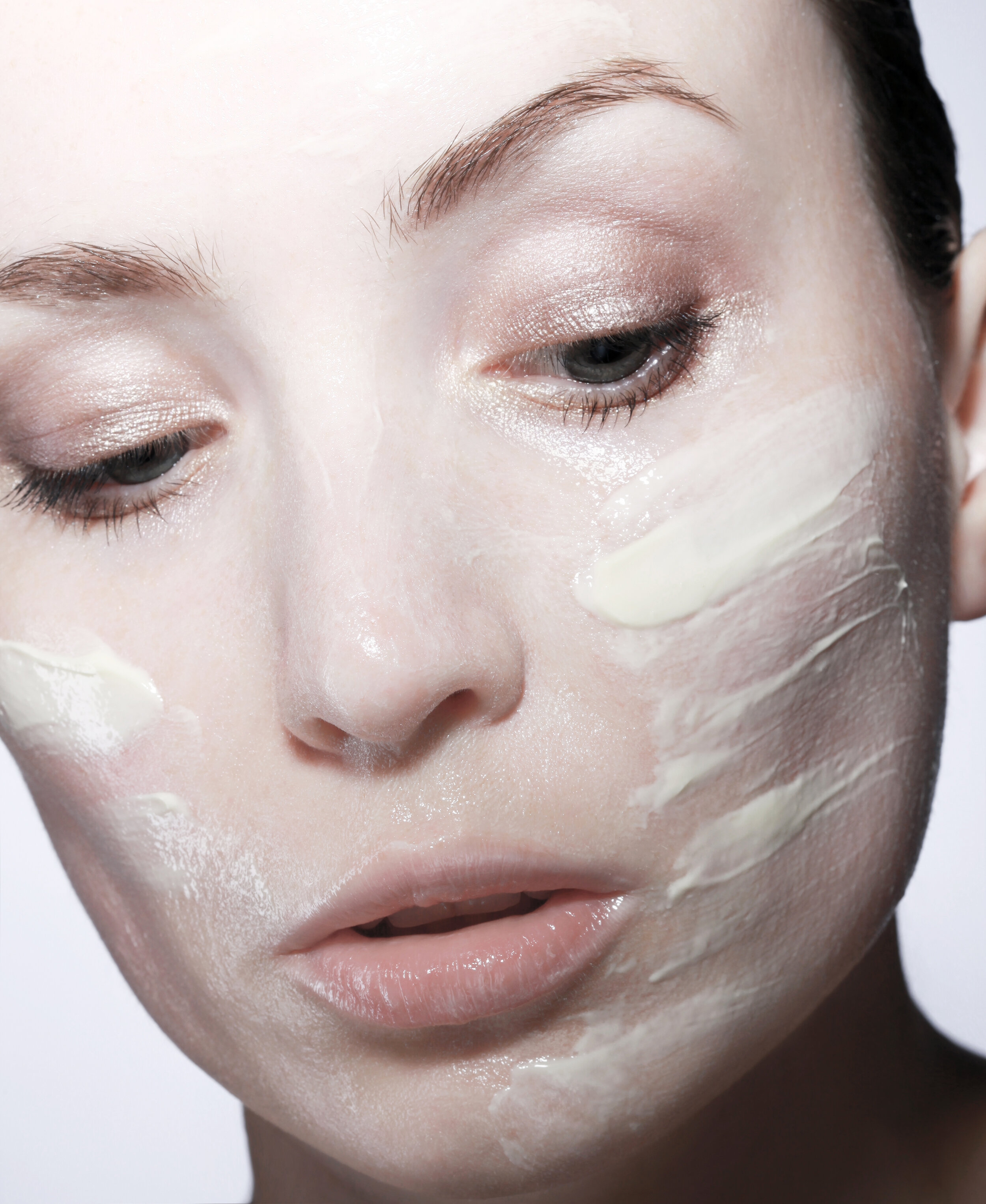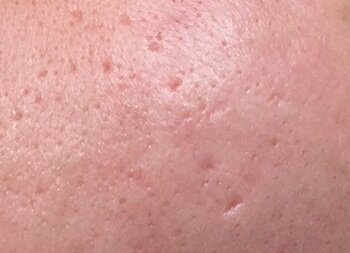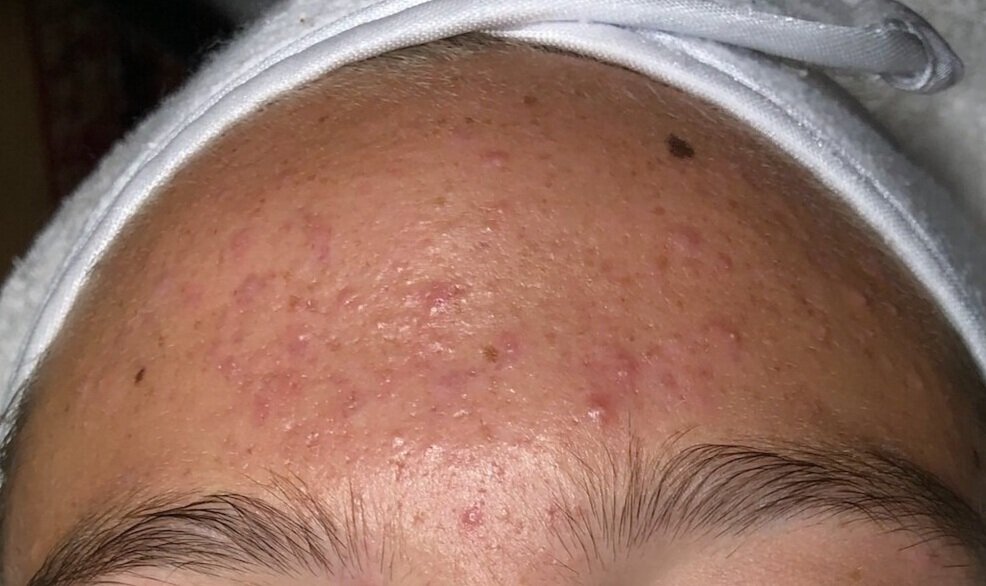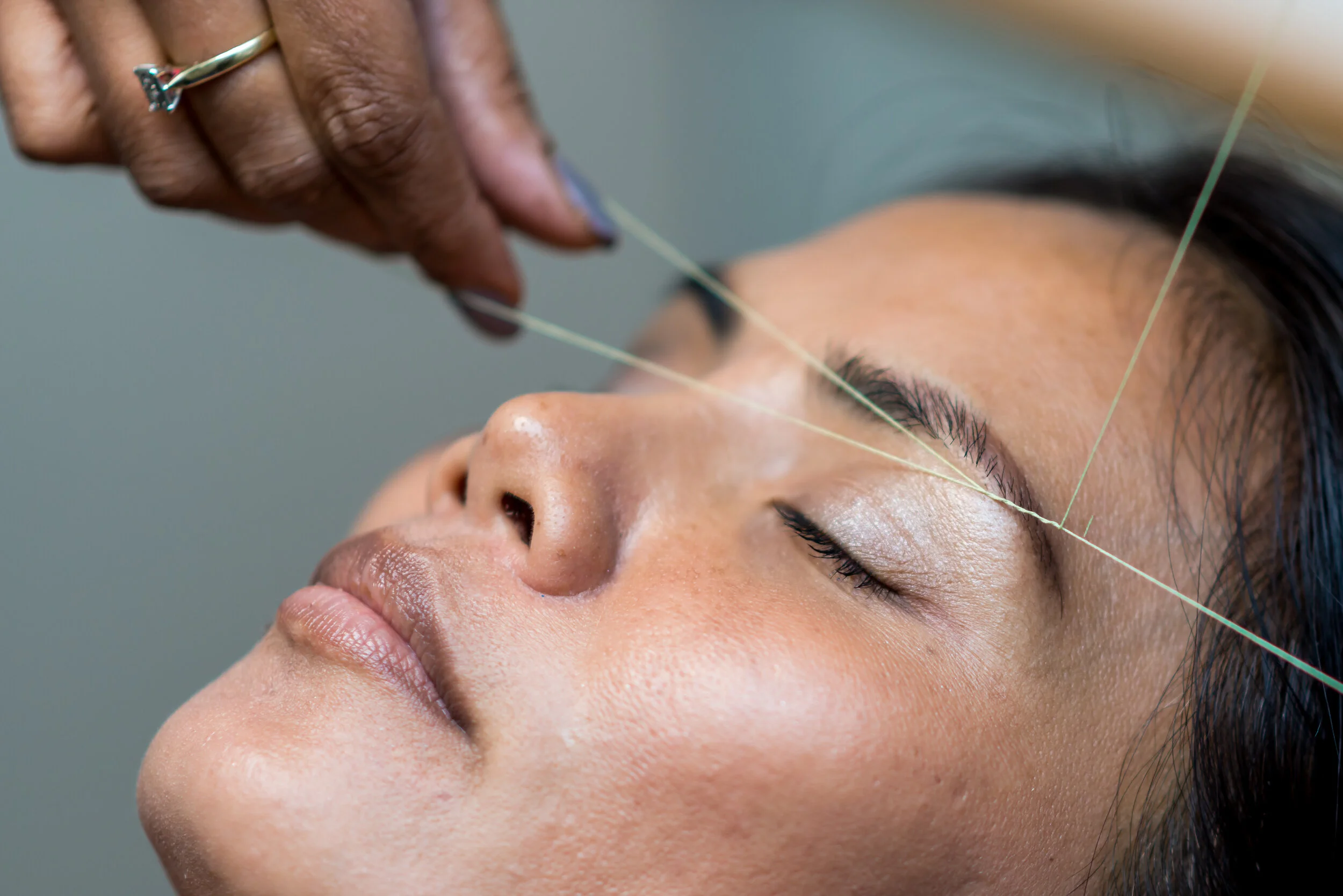Oil Cleansing Is Actually Terrible For Acne
/Oil cleansing is hailed by many wellness experts as the natural method for “clear, glowing, dewy-looking skin, free of blackheads, pimples, cysts, and other imperfections”. Cosmetic companies capitalize on the trend by selling face cleansing oils that retail for over $100 which is crazy because I can promise you that there are very few oils, if any, on this earth that cost that much to manufacture. Now, I get why oil cleansing has become popular. Acne sucks, I know. By the time I was 16, I was finishing up my second failed attempt at Accutane and I would’ve stuck my finger in an electric socket if you would’ve told me that would make the pimples go away. Unfortunately, oil cleansing is one of those beauty trends that sound too good to be true because it is.
The theory behind oil cleansing
Essentially, oil cleansing attempts to fight oil with oil. Reddit’s oil cleansing guide says that, “The basic idea behind oil cleansing is dissolution theory - or, more simply “like dissolves like” - oil is able to dissolve and remove substances with a similar chemical structure. Lucky for us, this includes stuff like dirt, oil, and makeup.” In the world of acne treatments where harsh, prescription medicines and harmful side effects are the norm, the oil cleansing method attempts to counterbalance this by providing a natural, organic, solution for fighting acne. The intention here is good and it makes sense to try something natural and safe if strong, harsh products aren’t working. Unfortunately, the dissolution theory is just a theory and although there may be some acne sufferers that find their acne improves with oil cleansing, every single one of my clients and I personally have found that rubbing oil on our faces wreaks havoc on our acne-prone skin. I have never actually met someone whose acne improved with oil cleansing but I never talk in absolutes when it comes to acne and there are exceptions to every rule so there are people out there who have been helped by oil cleansing which is awesome. Also, everyone’s acne puzzle is different so the only way to determine whether or not something is acne-friendly for YOUR skin is to test is and wait for the delayed reaction time.
Just because it’s natural doesn’t mean it’s good for acne
Out of all of the misconceptions my clients come in believing about acne, this is the hardest to deconstruct. People just assume that if something is “natural”, it’s better for everything but this is absolutely not the case when it comes to acne. There are many natural foods, products, ingredients, and methods that can actually exacerbate acne and oil cleansing is one of them.
Oil is one of the most potent acne triggers
You probably already know that oil is an essential part of the acne process. The very first lesson in my E-Course, The 8 Steps To Clear Skin, is all about the acne process and I explain how oil is such a big deal because our sebaceous glands are connected directly to the follicles where acne takes place. So when the sebaceous glands secrete oil, that oil gets pumped straight into the follicle where there is already a buildup of debris due to Retention Hyperkeratosis. Somehow, marketers have done a great job the past few years making us believe this backwards theory that rubbing oil on our faces is actually a good thing but Dr. James E. Fulton, the Dermatologist and medical researcher whose findings form the foundation of our program, states in his book, “Acne RX”, “...if the complex oils in sebum create such havoc in acne-prone skin, then rubbing more oils into the skin is the worst possible thing an acne sufferer can do…”.
Acne is a multifactorial disease
I say this in almost every post and I will say it again: Acne is is a multifactorial disease in which genetic, lifestyle, environmental, and dietary factors must all collide to create a ‘perfect storm’. To effectively and sustainably manage acne, all of these contributing factors must be addressed AT THE SAME TIME. So even if oil cleansing did work by magically reducing oil production, you would still only be addressing a single piece of a puzzle that has many other pieces including the sludging up of skin cells in the follicle, bacteria, inflammation, and hormones.

































